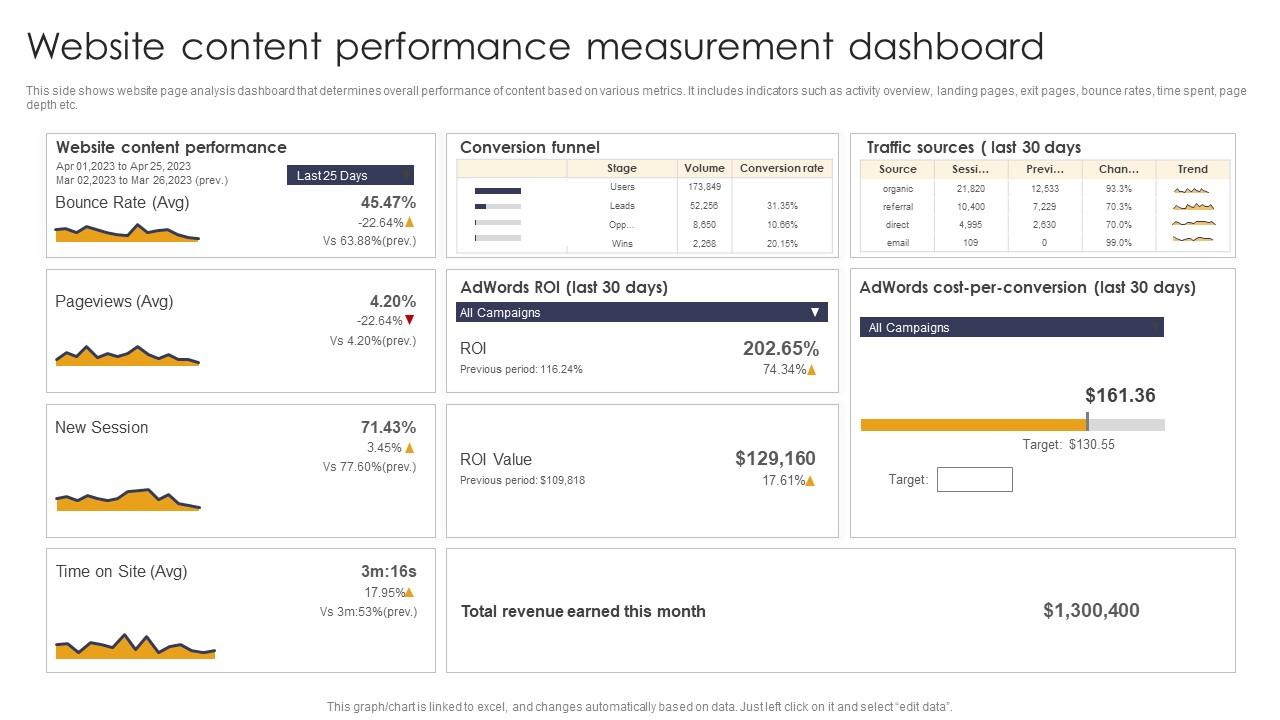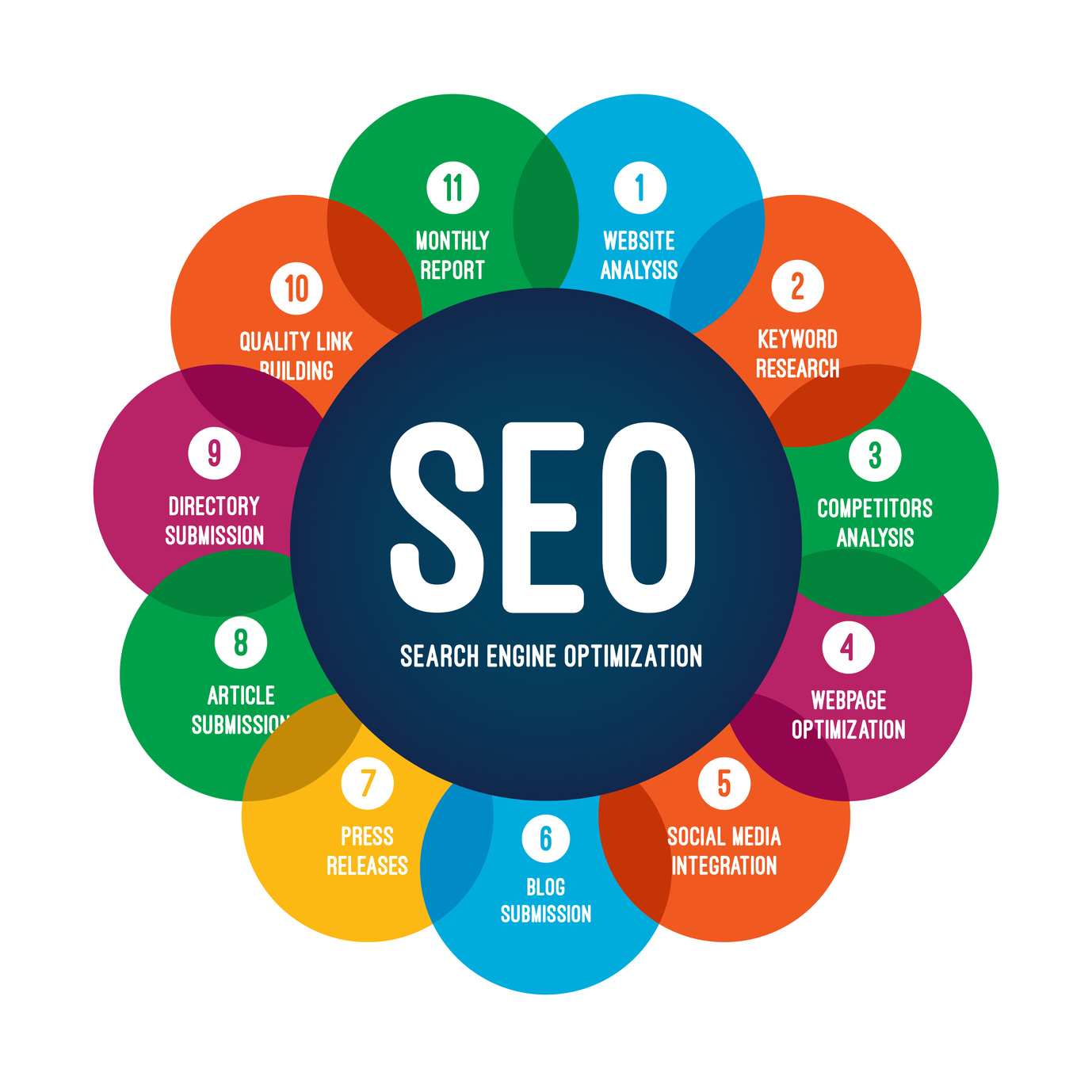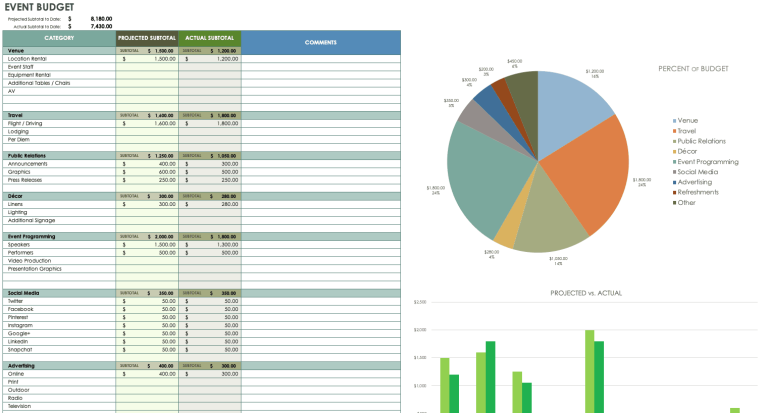
In the ever-evolving world of digital marketing, understanding how to track content performance and KPIs is no longer optional—it’s essential. With the rise of AI-driven search engines and increasingly complex user behaviors, marketers must rely on data to make informed decisions. This guide will walk you through the key metrics, tools, and strategies to effectively measure your content’s impact and drive meaningful results.
What Is Content Performance & KPI Tracking and Why It Matters
Content performance tracking refers to the process of measuring how well your content resonates with your audience, drives engagement, and contributes to business goals. Key Performance Indicators (KPIs) are specific metrics that help you evaluate the success of your content strategy.
In 2025, as AI continues to reshape search algorithms and user behavior, traditional metrics like click-through rate (CTR) are becoming less reliable. Instead, marketers must focus on more nuanced indicators such as engagement time, conversion rates, and customer lifetime value (CLV). These KPIs provide a clearer picture of how your content influences user behavior and contributes to long-term growth.
By tracking these metrics, you can:
- Identify which content types perform best
- Optimize your content strategy for better ROI
- Align your efforts with business objectives
- Stay ahead of industry trends and algorithm updates
How Content Performance Metrics Impact SEO and Business Outcomes
Content performance metrics directly influence your SEO strategy and overall business outcomes. For example, high engagement time and low bounce rates signal to search engines that your content is valuable, which can improve your rankings. Similarly, a strong conversion rate indicates that your content is effectively driving users toward desired actions, whether it’s signing up for a newsletter, making a purchase, or downloading a resource.
Moreover, metrics like organic search traffic and backlinks are critical for SEO success. They not only boost your visibility in search results but also build authority and trust with both users and search engines.
Understanding these connections helps you create content that not only ranks well but also delivers real value to your audience.
Step-by-Step Implementation Framework for Tracking Content Performance
1. Define or Audit the Current Situation
Before you start tracking, it’s crucial to understand where you stand. Begin by auditing your existing content and identifying the KPIs that matter most to your business. Consider factors like:
- Target audience
- Content goals (e.g., lead generation, brand awareness)
- Platform-specific metrics
This step sets the foundation for all future tracking and analysis.
2. Apply Tools, Methods, or Tactics
Choose the right tools to collect and analyze your data. Popular options include Google Analytics, SEMrush, Ahrefs, and Hotjar. Each tool offers unique insights, so consider using a combination of platforms to get a comprehensive view.
For example, Google Analytics provides detailed traffic and engagement data, while SEMrush helps you monitor keyword rankings and competitor activity.
3. Measure, Analyze, and Optimize
Once you have the data, it’s time to analyze it and make informed decisions. Look for patterns, identify underperforming content, and test new strategies. Use A/B testing to refine headlines, CTAs, and content formats.
Regularly review your KPIs and adjust your strategy based on what works. This iterative process ensures that your content remains relevant and effective over time.
Real or Hypothetical Case Study
Let’s take a look at a hypothetical case study involving a SaaS company looking to improve its content performance.
Background: The company launched a blog to generate leads and educate its target audience. However, after six months, they noticed that their content wasn’t driving the expected traffic or conversions.
Action Taken: The team conducted an audit and identified several issues, including poor SEO practices, low-quality content, and a lack of clear CTAs. They implemented a content strategy focused on keyword research, on-page optimization, and engaging CTAs.
Results: Within three months, the company saw a 40% increase in organic traffic, a 25% improvement in conversion rates, and a significant boost in brand awareness.
This case study highlights the importance of continuous monitoring and optimization in content performance tracking.
Tools and Techniques for Tracking Content Performance
Here are some of the most effective tools and techniques for tracking content performance:
- Google Analytics – Tracks website traffic, user behavior, and conversion rates.
- SEMrush – Monitors keyword rankings, backlinks, and competitor activity.
- Ahrefs – Provides in-depth SEO analysis, including backlink profiles and content research.
- Hotjar – Offers heatmaps and user recordings to understand how visitors interact with your content.
- HubSpot – Combines CRM and marketing analytics to track leads and customer journeys.
- Sprout Social – Measures social media engagement and brand mentions.
These tools provide valuable insights that help you make data-driven decisions and refine your content strategy.
Future Trends and AI Implications
As AI continues to evolve, the way we track content performance will also change. Features like Google’s AI Overviews and Bing’s Co-pilot are already altering how users interact with search results. In the future, we may see even more advanced AI-driven analytics that can predict content performance and suggest optimizations in real-time.
To stay ahead, marketers should:
- Embrace AI-powered tools that offer predictive insights
- Focus on creating high-quality, user-centric content
- Continuously adapt to algorithm updates and changing user behaviors
By staying proactive and leveraging the latest technologies, you can ensure that your content remains competitive and effective in the evolving digital landscape.
Key Takeaways
- Understand Your Audience: Know who you’re targeting and what they care about.
- Track the Right KPIs: Focus on metrics that align with your business goals.
- Use the Right Tools: Leverage analytics platforms to gain actionable insights.
- Optimize Continuously: Regularly review and refine your content strategy.
- Stay Ahead of Trends: Adapt to changes in search algorithms and user behavior.
By following these steps, you’ll be well-equipped to track content performance and drive meaningful results for your business.
Meta Title: How to Track Content Performance & KPIs: A Complete Guide for Marketers
Meta Description: Learn how to track content performance and KPIs with this complete guide for marketers. Discover the key metrics, tools, and strategies to drive measurable results.
SEO Tags: content performance, KPI tracking, SEO metrics, content analytics, digital marketing
Internal Link Suggestions: Parameter #1: SEO Strategy, Parameter #3: User Engagement, Parameter #5: Conversion Rate Optimization
External Source Suggestions: Google Analytics, SEMrush, Ahrefs











